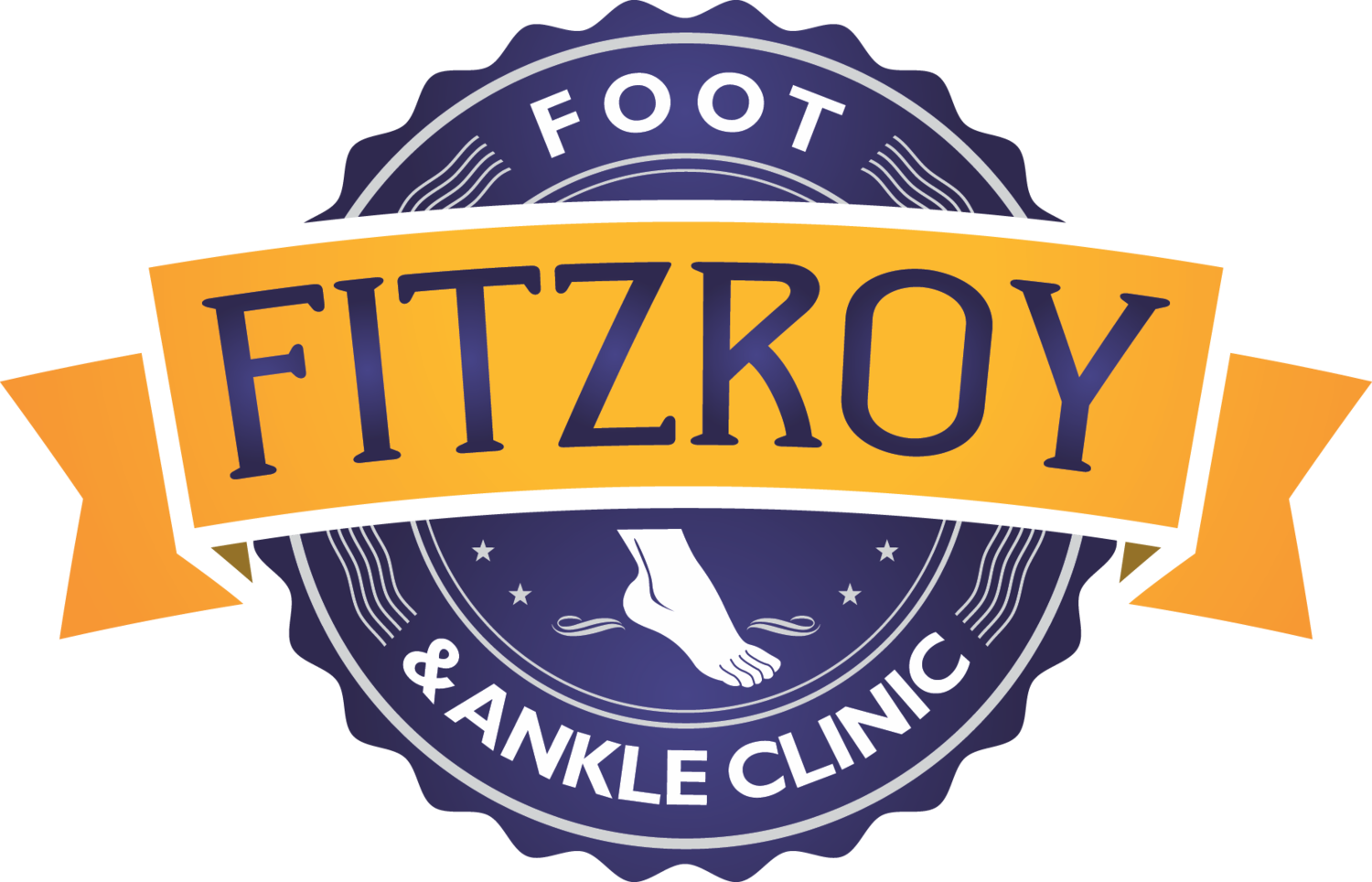What are custom made orthotics?
Custom made orthotics are devices that sit inside your footwear to reduce pain, prevent injury, or improve function, and are specifically customised to your foot shape, foot motion, activities, and footwear. They are made from several different materials such as nylon used in 3D printing, plastics and foams. Custom made orthotics require consideration of a range of factors to ensure you get the best outcome.
What to expect
At your initial appointment to discuss custom made orthotics, your podiatrist will ask you several questions about your condition to be managed, your activities, your footwear, and your goals.
Following this, a biomechanical assessment will be conducted to determine how your foot moves. This may involve your podiatrist checking muscle activity, joint ranges of motion, how your foot is positioned when you stand, and how your foot moves when you walk or run.
Next, your podiatrist will take a 3D laser scan of your foot, which you can learn more about at our page on 3D laser scanning.
Your podiatrist will combine all these factors to complete a prescription form that is sent to an orthotic laboratory to manufacture the orthotics. The orthotics can be manufactured using 3D milling of plastics or 3D printed.
Finally, you will return 2 weeks after the 3D laser scanning for a consultation to fit the custom made orthotics. Your podiatrist will thoroughly check that the orthotics fit comfortably inside your shoes, and make adjustments if need be.
How Do orthotics work?
Custom made orthotics work in different ways depending on your condition. One method is reducing stress on tendons. For example, if your foot shape places extra stress on certain tendons, custom made orthotics can help to reduce that stress by changing your foot position. Another method, is by balancing the force from the ground. People usually stand on their heel and forefoot, and orthotics can help to evenly spread that force across your whole foot.
Custom made orthotics and shoes
Orthotics will not fit in all shoes. There are some styles such as ballet flats, court shoes, high-heels, or shallow footwear that may not be able to accommodate orthotics. It is possible to make orthotics that will fit in this type of footwear, but it is not possible for all foot types.
Shoes and orthotics need to work together, and your podiatrist can discuss these options with you.

